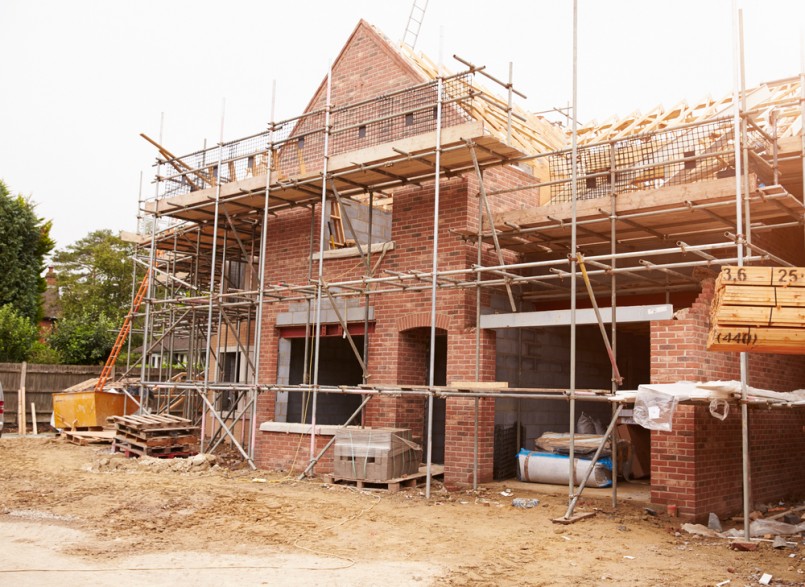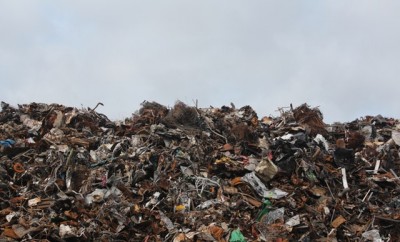Environment
In the future we’ll construct buildings out of waste

Image: Shutterstock/Monkey Business Images
As an undergrad in the United States, I was able to study abroad in Europe for a semester and travel to various cities on the continent. While walking around countless different European countries, what shocked me most was how old everything looked. That’s partly because the American buildings I was used to from growing up in Tennessee were not built to stay around very long. The house we lived in, for example, was considered old because it was built in the 1970s. Architecturally speaking, things didn’t get better in my suburban world as time went on—I remember the cookie-cutter houses sprouting like the Black Plague in the early 2000s, and even though they were made with new materials, they all looked like they were going to fall apart within a couple years. I figured that, as per usual, the houses were built, not to last, but to be sold, and sold they were. Building architecturally weak buildings just seemed like part of a greater tendency in the U.S. (actually, in the Northern Hemisphere more generally) to produce and use products and materials with a lifespan of a mayfly, simply because they were cheap and because they sold.
Thankfully, built-to-rot architecture is being countered so we can now construct buildings out of waste. Thus, instead of just building garbage houses, architects and builders are using the garbage that we already produce in excess to make building materials in a creative way.
Though constructing buildings out of waste may sound like a novel idea born out of the current environmental zeitgeist, this practice dates at least to the early 20th century. In a fascinating article written by Paul Collins on the history waste-as-building-material, we discover that in the 1960s, after visiting the island of Curaçao and lamenting all the garbage there, brewing magnate Alfred Heineken decided to have his beer bottles redesigned so they could be used as building material. Heineken’s new thick and rectangular bottles, called WOBO (World Bottle) looked and functioned like bricks. But after a test run of 100,000 bottle-bricks, the project failed, because Heineken was a premium beer, and premium beer consumers found the bottles too ugly. Green architecture was just not marketable yet.
Today we live in a time when caring for the environment is more popular than it was in the 1960s, making it more likely for Heinekenesque ventures to succeed. Among the various architectural materials that have sprung over the last few years for making buildings out of waste, we find: NewspaperWood, a wood-like material made from newspaper, bricks made from plastic bags, wall insulation from mushroom bacteria, and even roofing made out of vinyls.
As the world population keeps growing at exponential levels, let’s hope these green architectural practices catch on and replace the ugly buildings that, although made with new materials, are really just time-bomb piles of garbage.





0 comments